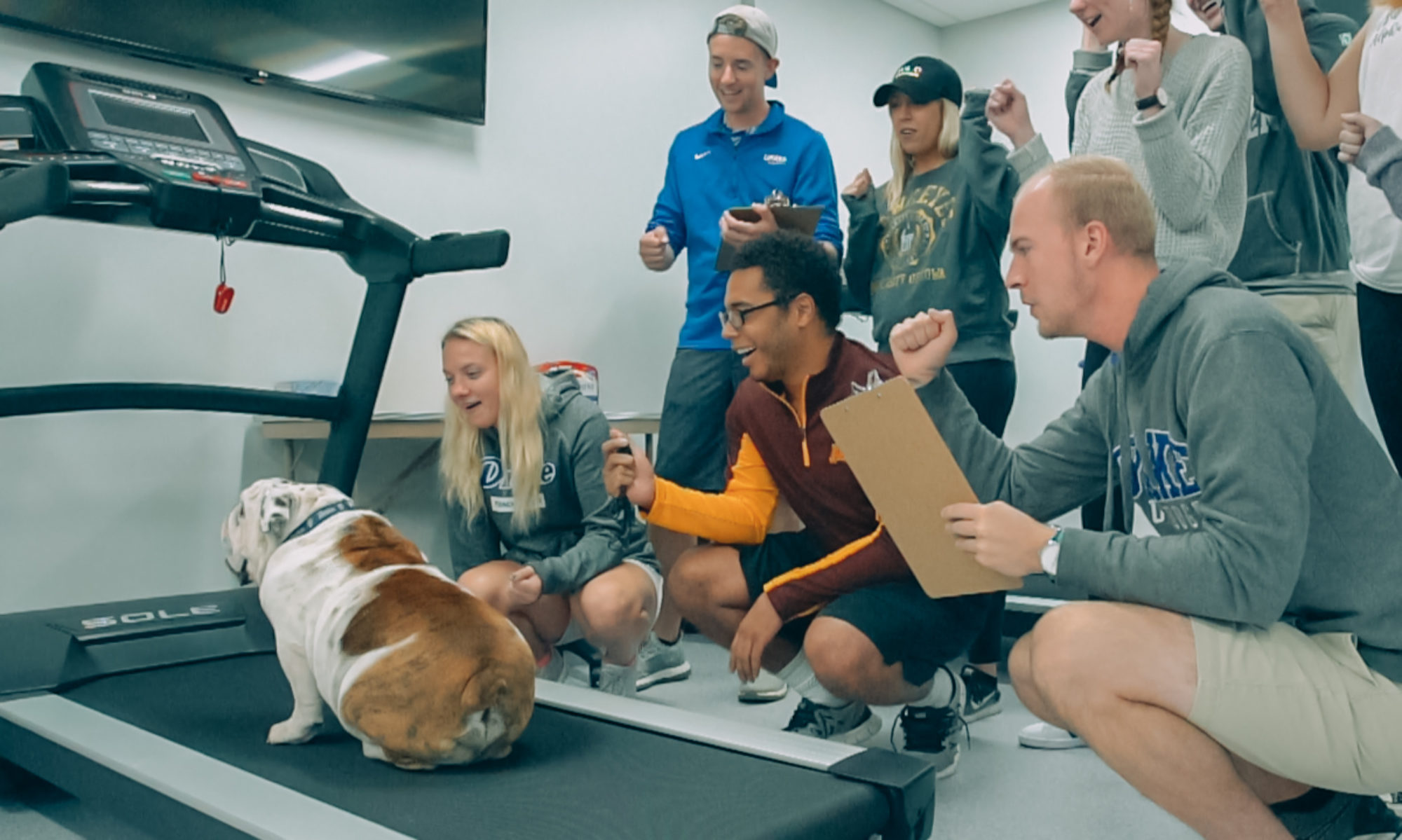Author: Allen Attar
Anger is a well-known facet of athletic performance and survival instinct. But how exactly does it affect your mind and body? When you work yourself up before a difficult performance or notice your coworker has taken your lunch, how does anger change you at a psychological and physiological level so that you are ready to perform? In terms of physical performance anger affects you on two levels, physiological and psychological .
Physiological Components:
With anger comes a myriad of physiological changes, we will be focusing on the ones pertaining to sports performance. In a paper by Hendricks et al., 2013 some of these responses are explored. The responses that are most suited towards performance are the increase in heart rate and the release of cortisol and adrenaline. Anger can increase heart rate from the average of 80 beats per minute to as high as 180 beats per minute without much activity which helps to prepare the body by increasing cardiac output. An increase in cardiac output means that more blood is circulated throughout the body, delivering nutrients and oxygen to the cells more rapidly than normal. Anger also releases cortisol, better known as the “stress hormone”, which gives the body a short-term energy boost. This is coupled with the release of adrenaline which increases sympathetic nervous system activity, better known as fight or flight response. This response diverts blood flow away from the “rest and digest” systems and prepares the body for activity by dilating your windpipes to allow for more airflow, increasing heart rate, and increasing sweating. These changes in blood flow allow for oxygen and nutrients to be more available to working muscles and the brain, dilating the windpipes allows for greater oxygen intake, and sweating helps the body regulate internal temperature which is important for regulating the heat produced by muscular contraction. Adrenaline also has a re-energizing effect on fatigued muscles which is explored in a paper by Paoli et al., 2007. It was found that adrenaline increases muscle excitability (How much effort is needed to contract a muscle. Increased excitability means less effort is needed.) and allows for a recovery of force of up to 75% of baseline in fatigued muscles when paired with lactic acid (A cellular energy source that is produced during exercise.). One last factor that plays a role in performance is muscular tension. Anger increases resting muscular tension which in turn can make contractions more powerful through increased sensitivity of the stretch reflex. Stretching your muscles quickly induces an involuntary contraction which is stronger than normal. The stretch reflex is controlled by sensors inside the muscle called muscle spindles that detect the rate of muscle lengthening and muscle length. The reason tension plays a role in this is that if muscular tension is increased the muscle becomes shorter and less mobile which induces an elevated sensitivity to the stretch reflex. These factors prime the body for physical activity by preemptively activating the systems necessary for performance no matter what state the body is in.
Psychological Components:
When it comes to psychology and skill performance a study done by Ruiz and Hanin, 2011 explored the effects of anger on performance in karate practitioners of various levels. It was found that feeling moderate levels of anger before an event increased performance while feeling high levels of anger before an event hindered performance. This is related to a psychological principle called arousal. Arousal is how “hyped–up” you feel before and during a task and different tasks have different optimal arousal levels. For instance, a one-rep max deadlift has a high optimal arousal level while writing an essay has a low optimal arousal level. The anger felt by the participants in this study likely correlated to their level of arousal. What this means is that when anger pushed the athlete’s arousal into the optimal zone, they performed well but, when they began feeling high levels of anger they were pushed out of the optimal zone and performed poorly. This was also shown in a study done by Bebetsos et al., 2013 which explored what effects anger, aggression, and anxiety have on performance in elite water polo players. It was found that the players who could regulate their anger and anxiety performed better than those who could not. This ties in directly to the previously discussed concept of psychological arousal. In summary, when it comes to the psychological effects of anger it is better to maintain anger at a level that optimizes psychological arousal in order to perform at your best.
Conclusion:
During performance or exercise anger and adrenaline help to keep you going. Psychologically, when kept at a stable level, anger helps maintain focus and motivation. Physiologically adrenaline mobilizes energy and maintains the beneficial effects discussed in the physiological components segment. However, if anger and arousal are not kept at reasonable levels performance will decrease. The muscular tension will hinder fluid movement, the elevated heart rate will waste energy, the heightened anger will distract your focus, and the excess cortisol release will leave you exhausted. This is why many elite athletes have heightened levels of emotional control (Betsebos et al, 2013) because if they were to let things slip on a bad day it will cost them in the sport they play, one way or another .
Citations
- Hendricks, L., Bore, S., Aslinia, D., & Moriss, G. (2013). The effects of anger on the brain and … Retrieved November 2, 2021, from http://www.nationalforum.com/Electronic%20Journal%20Volumes/Hendricks,%20LaVelle%20The%20Effects%20of%20Anger%20on%20the%20Brain%20and%20Body%20NFJCA%20V2%20N1%202013.pdf.
- Davis, E, et al. “BPS Publications.” British Pharmacological Society | Journals, John Wiley & Sons, Ltd, 29 Jan. 2009, bpspubs.onlinelibrary.wiley.com/doi/full/10.1038/bjp.2008.16.
- Paoli, F. V. D., Overgaard, K., Pedersen, T. H., & Nielsen, O. B. (2007, May 23). Additive protective effects of the addition of lactic acid and adrenaline on excitability and force in isolated rat skeletal muscle depressed by elevated extracellular K+. The Physiological Society. Retrieved November 2, 2021, from https://physoc.onlinelibrary.wiley.com/doi/10.1113/jphysiol.2007.129049.
